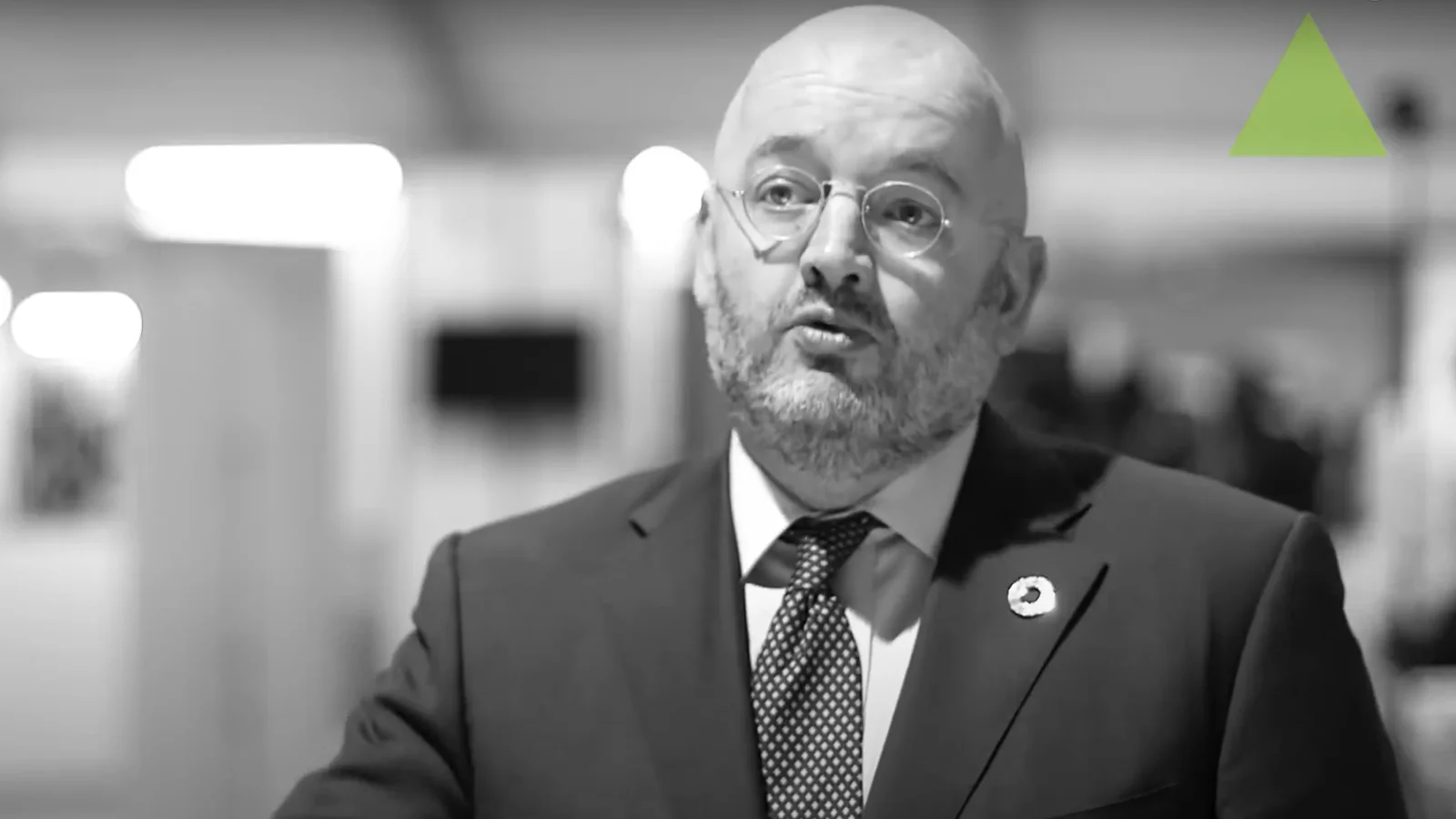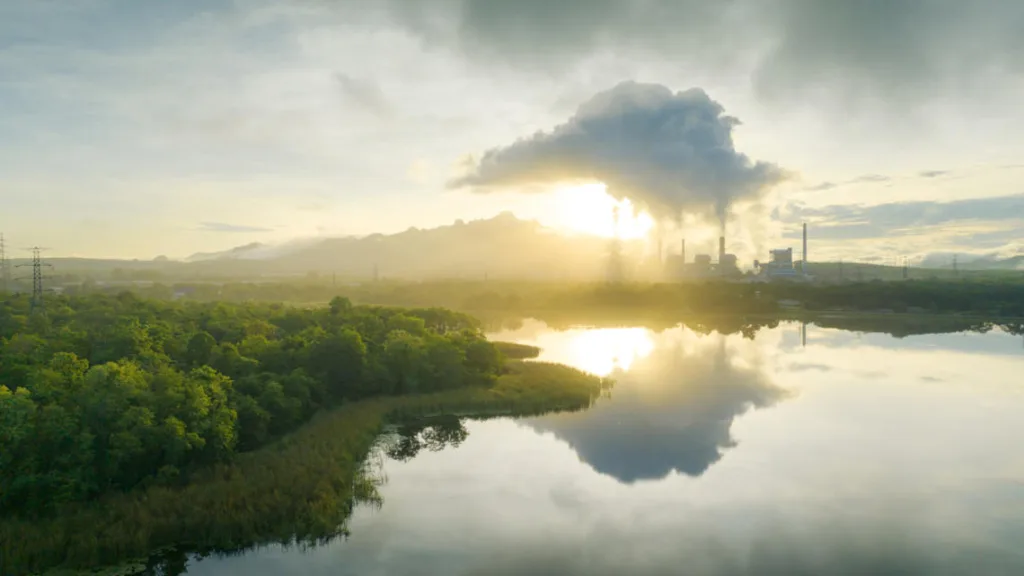Authors
Communications
In the second week of COP22 – “the COP of action” – the first-ever Low-Emissions Solutions Conference (LESC) took place on the ground in Marrakech, putting innovative technical solutions at the heart of COP22 and the global climate action agenda.
Jointly organized by the Government of Morocco, the World Business Council for Sustainable Development (WBCSD), ICLEI – Local Governments for Sustainability and the UN Sustainable Development Solutions Network (SDSN), it brought together over 500 people to discuss solutions and new technologies for implementing the Paris Agreement.
Mobilizing leaders from business, government, cities, science and academia, the three-day LESC offered an overview of key technologies and low-carbon systems to set common technological trajectories for a decarbonized economy as well as the transformations necessary in each sector. You can read a full summary of the event here.
The Low-Emissions Solutions Conference
Monday 14 November was Woman’s Day at COP, and it was fitting that the LESC was opened by the Climate Champions from Morocco and France, HE Hakima El-Haite and Laurence Tubiana, urging participants to focus on solutions to make the Paris Agreement a reality. Taking the stage after them to set the scene of the Solutions Conference, Paul Polman, Chairman of WBCSD and CEO of Unilever, focused on the role of business leadership to accelerate the climate agenda, using the Low Carbon Technology Partnerships initiative as a key example of business leadership on climate. Chang Beom Kim, Representative of ICLEI – Local Governments for Sustainability, spoke on the efforts cities are making to reduce emissions. Prof Jeffrey D. Sachs from Colombia University and UNSDSN reiterated his call for sound climate policies based on existing or developed solutions, because otherwise implementation would be made difficult. And with these interventions, the first ever LESC was opened.
Business is creating solutions for climate change and many of these led by women.
Peter Bakker,President and CEO, WBCSD
Take note… The LESC is a three-day class that will teach climate solutions. The quiz that follows will last decades
Prof Jeffrey D. Sachs
Key highlights of the opening day were the sessions from Mission Innovation and the Clean Energy Ministerial. Both panels of high-level speakers from countries around the world, gave an insight on the strategies their governments were adopting to speed the transition to a low-carbon economy.
The trillion-dollar opportunity, that’s how we should see the low-carbon economy.
Catherine McKenna,Minister of Environment and Climate Change, Canada
Keynote speakers included Ernest Moniz, United States Secretary of Energy; Dr. Jonathan Pershing, US Climate Envoy; Catherine McKenna, Canadian Minister of Environment and Climate Change, Nick Hurd the UK’s Minister of State for Climate Change and Industry; and Khalid Al-Falih Minister of Energy, Industry and Mineral Resources, Saudi Arabia, among others.
All the speakers agreed that COP21 was historic in terms of reaching the made a great step with the Paris Agreement, but that the critical work has started in 2016 to make the transition needed for the low-carbon economy. It was agreed that there is clearly a key role for cooperation and innovation, which will be crucial to reach and scale-up climate goals.
In between both ministerial sessions, the debates focused on ICT, and the growing recognition of the role of ICT as both a solution for climate change and a significant driver of energy consumption in a world in which 50 billion devices will be connected to the internet by 2020.
After hearing from countries and organizations about how the action agenda would be implemented in the future, LESC attendees were keen to dive into the solutions that are already available and being implemented by panellists and innovators.
On Tuesday, the LESC focused on sustainable cities and built environment: showcasing materials, construction innovation, energy efficiency, adaptation and resilience. The need for political consensus and impetus, as well as collaboration and innovation, came to the fore as the common needs for all actors involved.
The best megawatt is a nega-watt
Don Iveson,Mayor of Edmonton, Canada
During the first panel, Bill Sisson, United Technologies Corporation’s (UTC), reminded the audience of the launch the previous week on Buildings and Industry Day of WBCSD EEB Amplify, aiming to scale up the Energy Efficiency in Buildings program from 10 cities to 50 by 2020.
The afternoon was dedicated to low carbon freight and sustainable fuels. WBCSD was delighted to announce five new global transport players have joined below50 – bringing the total number of companies to 30 – and there was a warm welcome for the afternoon launch of the Biofuture Platform by 22 countries.
The last panels of the day covered sustainable mobility across electric vehicles and fuel cell vehicles, where participants agreed that the technology for electric transport vehicles already exists. However, further progress will continue to drive the price point down, which will expand the use of the vehicles. Governments must also play key roles in providing the right incentives to encourage market growth
On Wednesday, the last day of the conference, the morning explored sustainable power systems and climate smart agriculture while the afternoon was used to take a closer look at sectoral mitigation policies and low-carbon policies.
| The Innovation Hub LESC gave the audience the chance to hear from over 20 inventors – some young and some more experienced – who presented their innovative low-carbon solutions at the Innovation Hubs in the room. We were happy to welcome Paulette van Ommen from DSM to the stage, who shared the Bright Mind Challenge which helps innovators get the financing they need to implement their new solutions. Energy Unlocked welcomed on stage the winners of their challenge, called EPIC (Energy Productivity Innovation Challenge) in partnership with the International Energy Agency. We were also lucky to hear from 96-year-old Professor Francis Farley of the University of Southampton in the UK, a giant in the field of wave energy. Professor Farley travelled to Marrakech specially to present his invention of a buoy can use the energy of waves to create electricity. Despite being betrayed by technology and having to do most of his presentation without slides, we were impressed with his grace under pressure and his capacity to find the humor in the situation. |
Outcomes
It was clear from all the panel discussions that effective and innovative mitigation solutions as well as technologies are available, but they need to be scaled up through collaboration between all stakeholders. The consensus was that greater use of modern technologies will help improve the feasibility and raise the level of ambition of NDCs for implementing the Paris Agreement.
The business case for climate change has become a reality.
Jean-Pierre Clamadieu,CEO, Solvay S.A.
In all panels, speakers emphasized that collaboration of business, academic, and government is vital for success. Business is and will be the key actor for implementation for governments around the world as they strive to hit their NDC targets the Paris Agreement and accelerate the transition to the low-carbon economy.
Business is the key implementation partner for governments, and is key to create jobs and fight climate change.
Peter Bakker,President and CEO, WBCSD
In addition, it was recognized that all actors are moving swiftly to implement strategies that will help countries achieve their NDCs, support the investment of trillions of dollars that will build critical infrastructure and provide millions of jobs in the new-carbon economy, and speed the transition that is clearly underway.
Participants at the conference expressed a unified call for:
- Strong business leadership through global partnerships to accelerate structural transformation and technological change, promote innovation, and encourage ambitious action at the company level;
- Sound climate policies that must be strengthened and improved over time;
- Effective economic mechanisms, including carbon pricing, that will accelerate the transition to the low-carbon economy.
Given the success of the Conference, it was highly encouraging to see signals that another Low-Emissions Solutions Conference will be central to the COP23 event in Bonn, Germany in 2017 – and we look forward to seeing you there.
| Key facts: 18 sessions over three days: 11 technology focused and seven policy-orientedTopics discussed included: ICTs, smart-grids, micro-grids, sustainable fuels, low-carbon transport, synthetic hydrocarbons, ocean power, advanced transport, carbon capture use and storage (CCUS), cement, new materials, energy efficiency in buildings, and other areasOver 500 registered participants and 700 attendeesMore than 100 speakers from the private sector, national and local government, academia and scienceOver 30 WBCSD member companies took leading roles at the conference as speakers or moderators, including Michelin, Solvay, EY, Iberdola, EDF, BT, Philips, Lafarge-Holcim, Heidelberg Cement, Eskom, ABB, Statoil, DSM, Syngenta, Monsanto, Kellogg, Olam, Novozymes, Lanzatech, Schneider and UTC. 20 inventors showcasing solutions at the Innovation Hub displays. |
Outline



